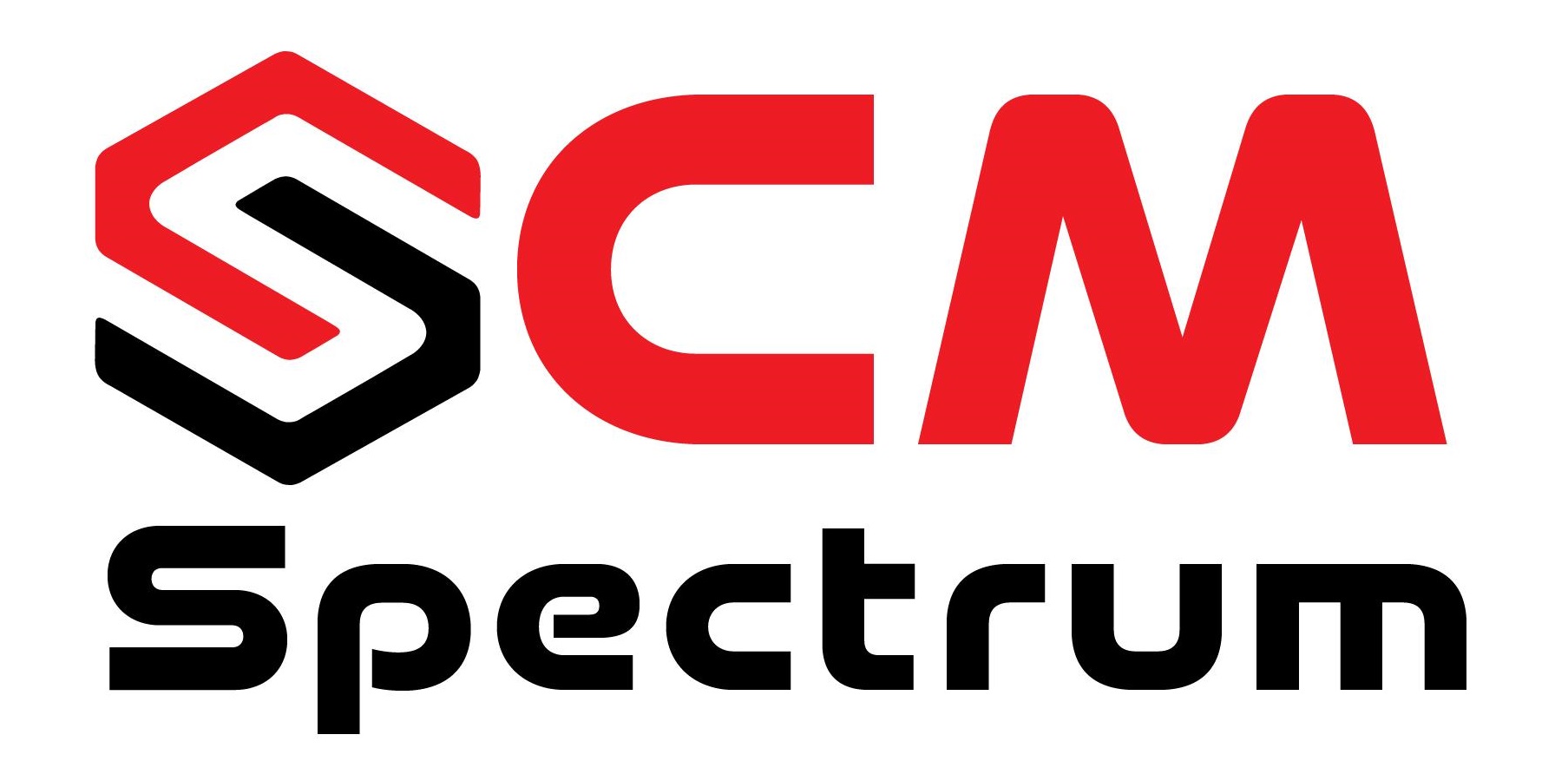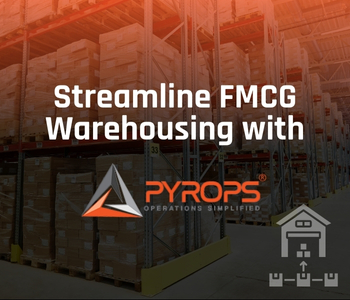The electrical appliances industry faces several operational challenges in managing vast product portfolios and logistics across multiple locations. In this case study, a renowned Indian business conglomerate with a turnover of INR 4000 crores sought to optimize its warehouse and logistics operations using an advanced Warehouse Management System (WMS). The company’s business spans consumer products such as appliances, fans, lighting, and power transmission solutions. With over 18 branch offices, 600+ distributors, 2.3 lakh retail outlets, and 500 consumer care centers across India, managing inventory and distribution efficiently was a complex task.
The Challenges
The client faced various challenges that hindered its logistics and operational efficiency, particularly in warehouse management and distribution processes.
1. Elimination of Manual Processes:
Relying heavily on manual operations, the company’s warehouse processes were labor-intensive, which led to inefficiencies, human errors, and slower order fulfillment. Transitioning to an automated system was critical to streamlining operations and ensuring complete accuracy in tracking all activities.
2. Load & Vehicle Planning:
Optimizing load capacity and ensuring that the correct vehicles were used for delivery presented a logistical challenge. The company had to carefully plan deliveries to maximize vehicle usage while avoiding overloading or underutilization. This required accurate data on cubic meters (CBM), weight, and delivery schedules.
3. Serial Tracking at Carton and Unit Level:
One of the key challenges was keeping track of individual cartons and units throughout the supply chain. This was crucial for ensuring supply chain transparency, accurate data entry, and overall traceability across systems, while also complying with industry standards.
4. Operations Optimization:
Operating across 18 facilities in India, the client’s warehouses ranged from large 4 lakh sqft warehouses with 35,000 pallet positions to smaller, 80,000 sqft facilities. The diversity of warehouse operations posed unique challenges, particularly in balancing labor, optimizing space, and improving inventory management. Manual labor dependency in these facilities needed to be reduced to enhance operational efficiency and order fulfillment speed.
Conclusion
The case study highlights the transformation of warehouse and logistics processes in the electrical appliances industry. By addressing the key challenges of manual operations, load optimization, serial tracking, and overall efficiency, the company was able to significantly improve its performance.
To learn more about the solutions implemented and how they improved operational efficiency, download the full case study today!







